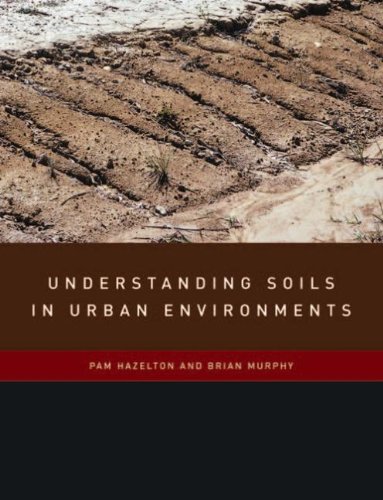

Most ebook files are in PDF format, so you can easily read them using various software such as Foxit Reader or directly on the Google Chrome browser.
Some ebook files are released by publishers in other formats such as .awz, .mobi, .epub, .fb2, etc. You may need to install specific software to read these formats on mobile/PC, such as Calibre.
Please read the tutorial at this link: https://ebookbell.com/faq
We offer FREE conversion to the popular formats you request; however, this may take some time. Therefore, right after payment, please email us, and we will try to provide the service as quickly as possible.
For some exceptional file formats or broken links (if any), please refrain from opening any disputes. Instead, email us first, and we will try to assist within a maximum of 6 hours.
EbookBell Team

4.8
24 reviewsSoil properties such as water retention, salinity and acidity are not just issues for agriculture and forestry. They are equally as significant in creating environmental and structural problems for buildings and other engineering works. As a greater proportion of the world's population is now living in cities, and building and related infrastructure development continues, these problems assume ever-greater importance. In addition, existing works contribute to urban soil erosion and pollution as well as increased levels of urban runoff.
This book explains how urban soils develop, change and erode. It describes their physical and chemical properties and focuses on the specific soil properties that can cause environmental concern and also affect engineering works. It also addresses contemporary issues such as green roofs, urban green space and the man-made urban soils that these may need to thrive in. It provides a concise introduction to all aspects of soils in urban environments and will be extremely useful to students in a wide range of disciplines from soil science and urban forestry and horticulture, to planning, engineering, construction and land remediation.